GENERATIVE AI
Abstract
In today’s evolving architectural landscape, the convergence of technology and design offers unprecedented opportunities to enhance human well-being and promote sustainability. At the forefront of this innovation is ISO-COMFORT, a pioneering project that leverages Generative AI to create isometric models emphasizing thermal comfort and sustainable design. This blog post explores the development and execution of ISO-COMFORT, highlighting its innovative approach to integrating AI, architectural visualization, and sustainability.
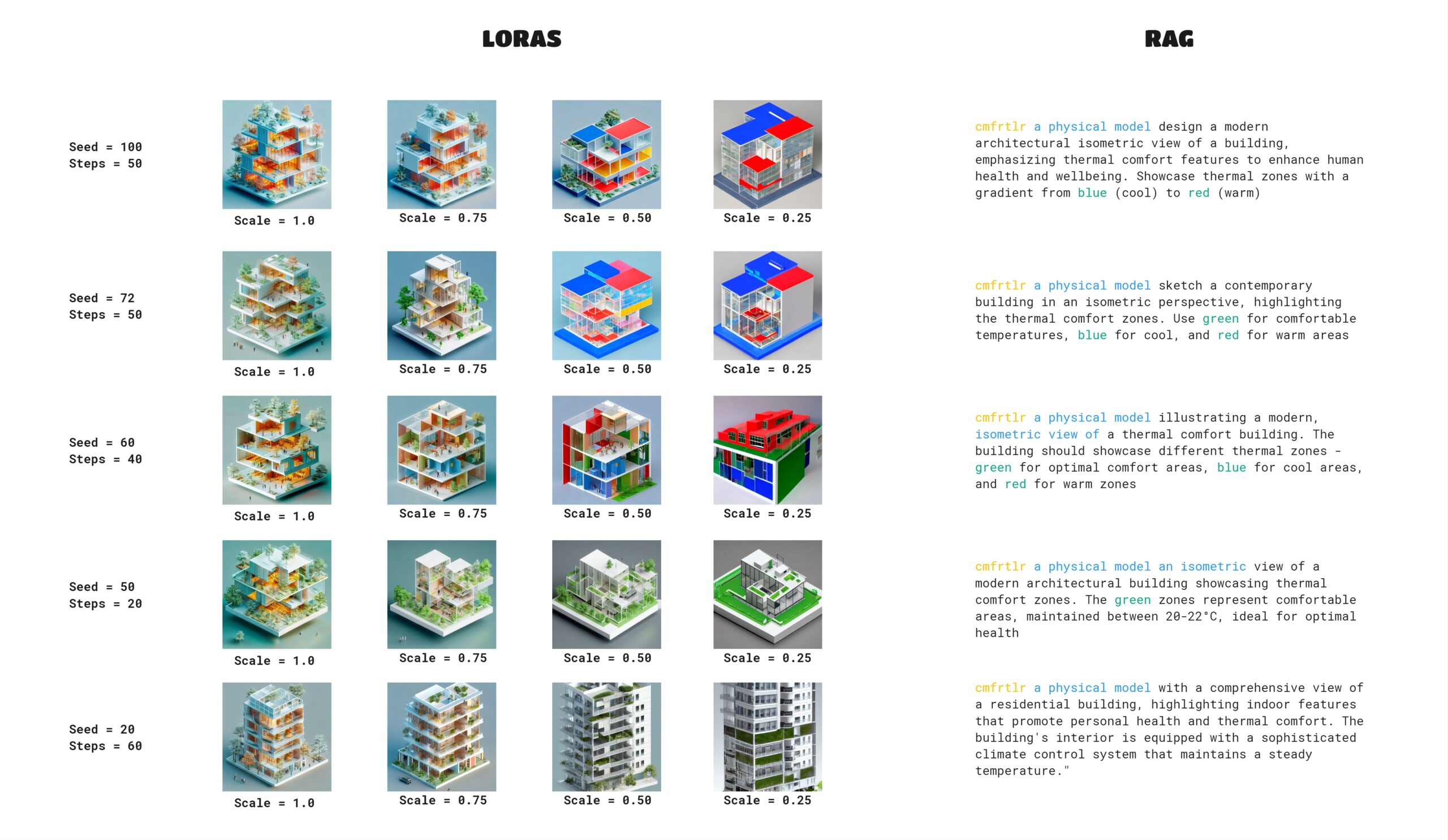
Developing a RAG System
ISO-COMFORT begins with the development of a Retrieval-Augmented Generation (RAG) system designed to retrieve and analyze information on the relationship between thermal comfort and health outcomes. This system generates detailed prompts based on extensive data, ensuring that each architectural model we create is informed by the latest research in thermal comfort and human health.
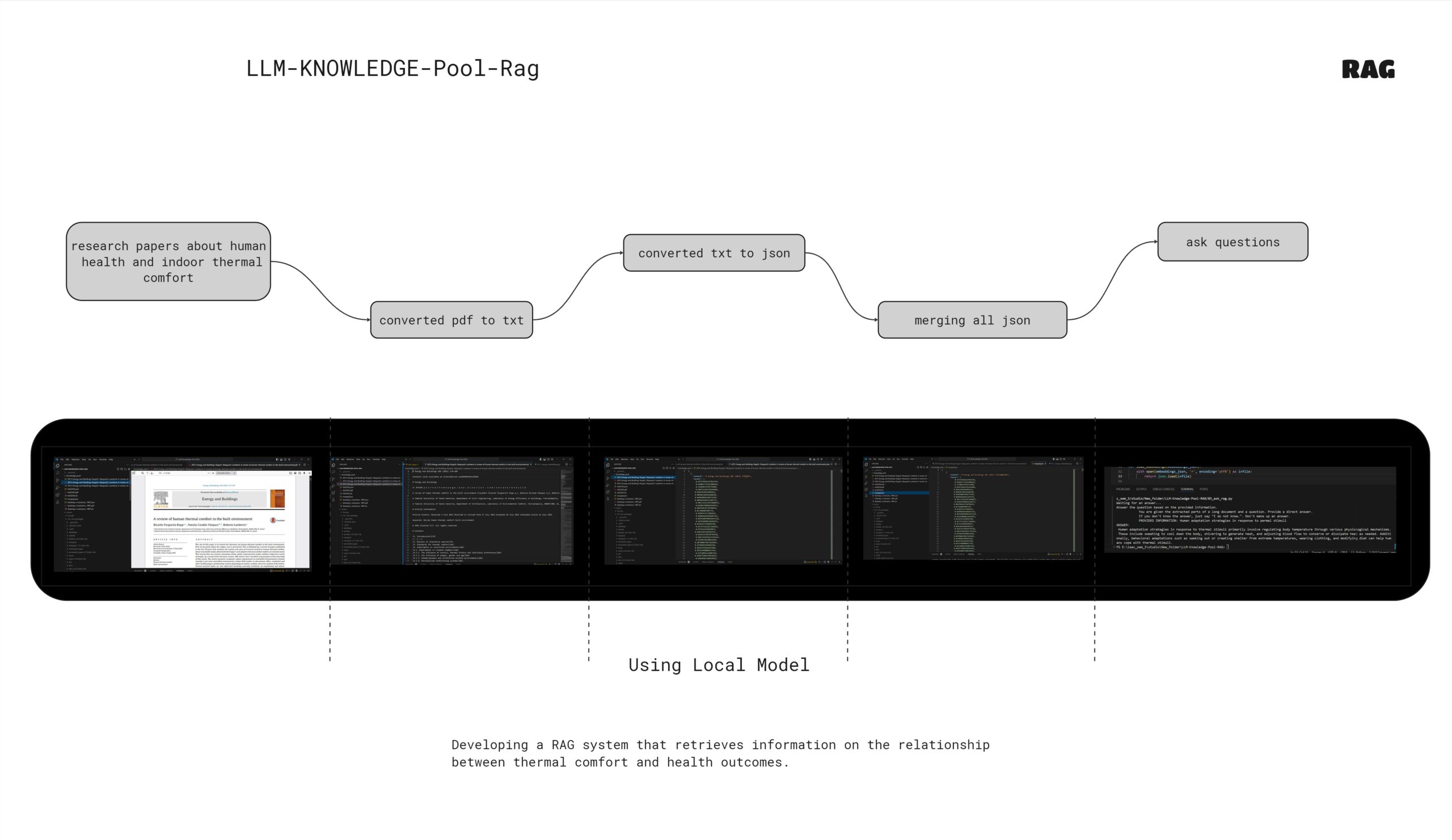
Generating Prompts from Answers:
- We generated a minimum of 25 prompts, each restricted to 150 words, to guide the design of our isometric models.
- These prompts serve as the foundation for creating models that not only meet aesthetic standards but also align with optimal thermal comfort conditions.

Using OpenAI Model:
- Leveraging OpenAI’s advanced language model, we processed the prompts to develop comprehensive guidelines for our designs.
- The AI model aids in synthesizing complex information into actionable design insights, ensuring that every aspect of thermal comfort is meticulously considered.
Diffusion Model and LoRA Training
Why?
We are training our model on isometric views because they provide a clear and comprehensive representation of architectural spaces, allowing for better visualization of spatial relationships and design elements. Isometric views enable the model to analyze and understand the distribution of thermal comfort colors within a three-dimensional space, offering a detailed perspective that enhances the accuracy and effectiveness of our AI-driven design solutions for sustainable architecture.
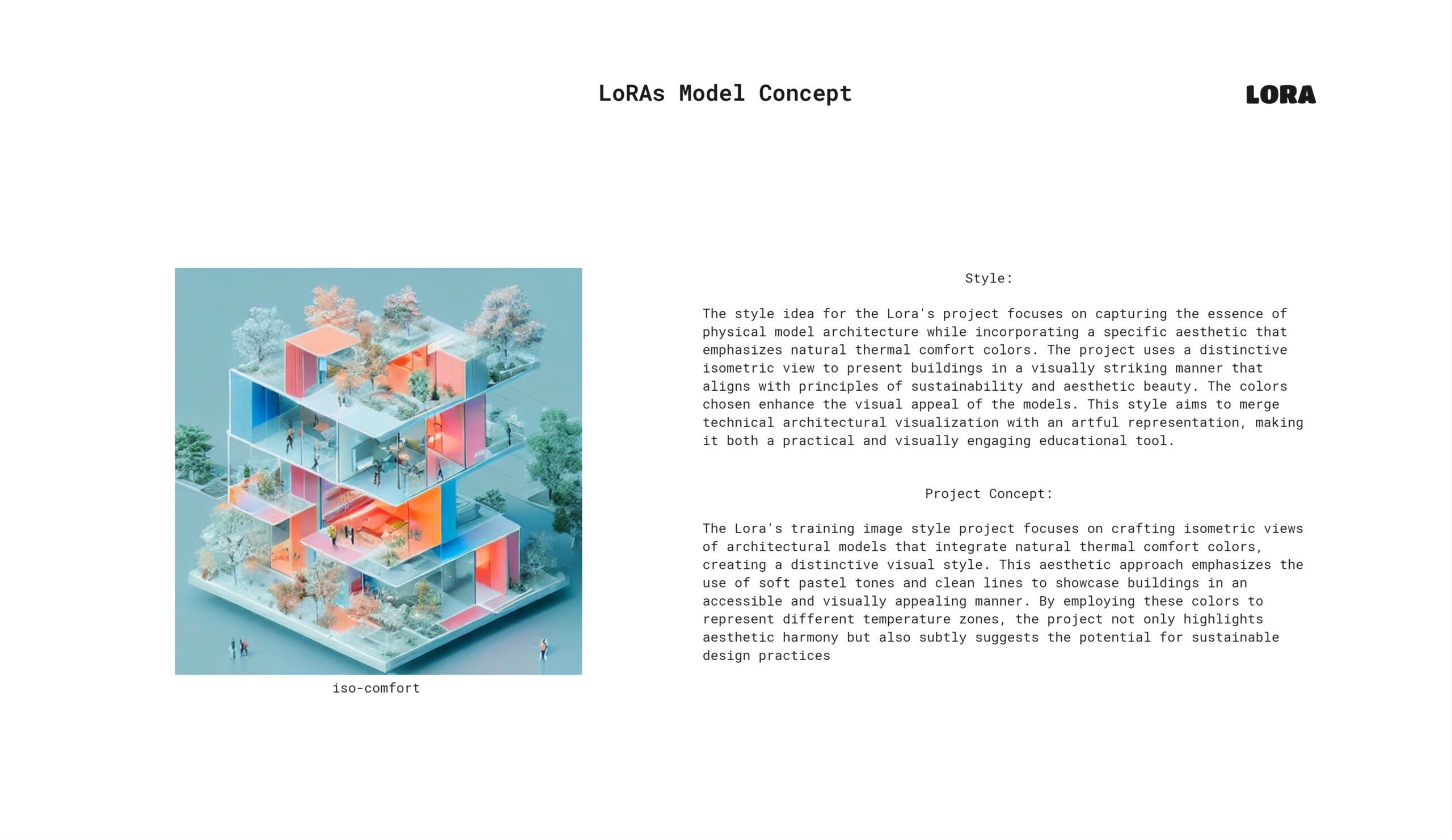
The core of the ISO-COMFORT project is the distinctive style of LoRA’s (Low-Rank Adaptation) models. This style focuses on capturing the essence of physical model architecture while incorporating a specific aesthetic that emphasizes natural thermal comfort colors. The project employs a unique isometric view to present buildings in a visually striking manner, aligning with principles of sustainability and aesthetic beauty.
1- Stylistic Approach:
- The models are designed with soft pastel tones and clean lines, showcasing buildings in an accessible and visually appealing way.
- By using colors to represent different temperature zones, the models highlight both aesthetic harmony and the potential for sustainable design practices.
2- Technical and Artful Representation:
- This approach merges technical architectural visualization with artful representation, making the models practical and visually engaging educational tools.
- The chosen colors not only enhance visual appeal but also intuitively communicate thermal comfort zones, reinforcing the connection between design and well-being.
Our Workflow
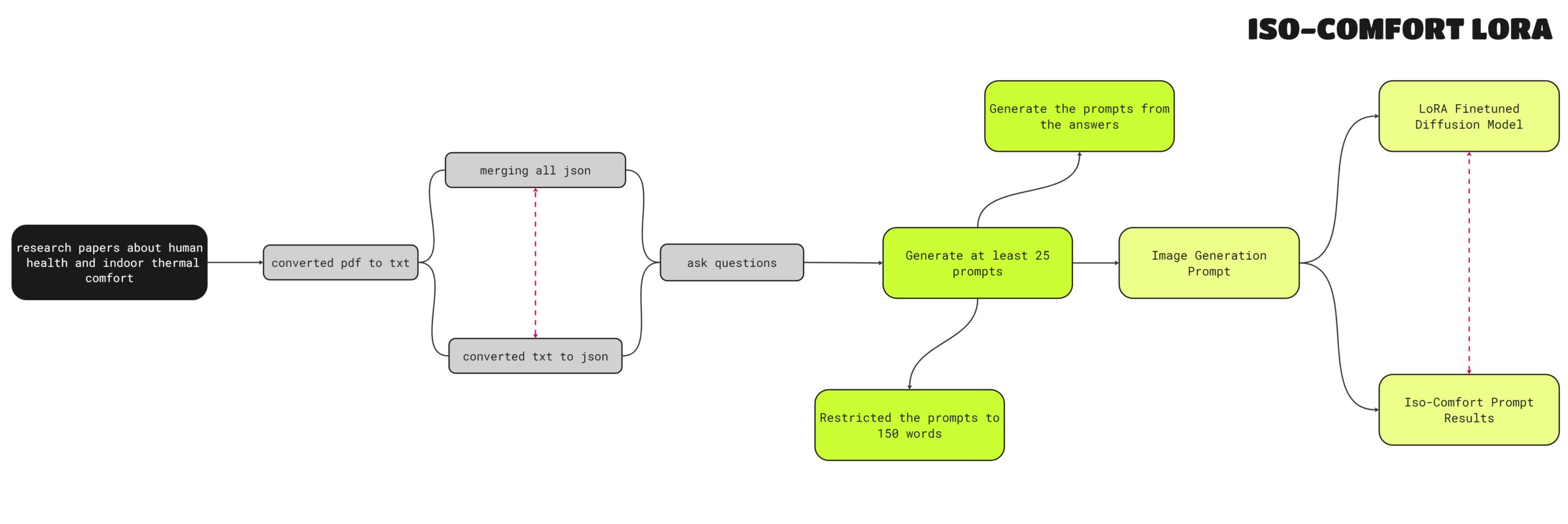
Training our LoRA’s
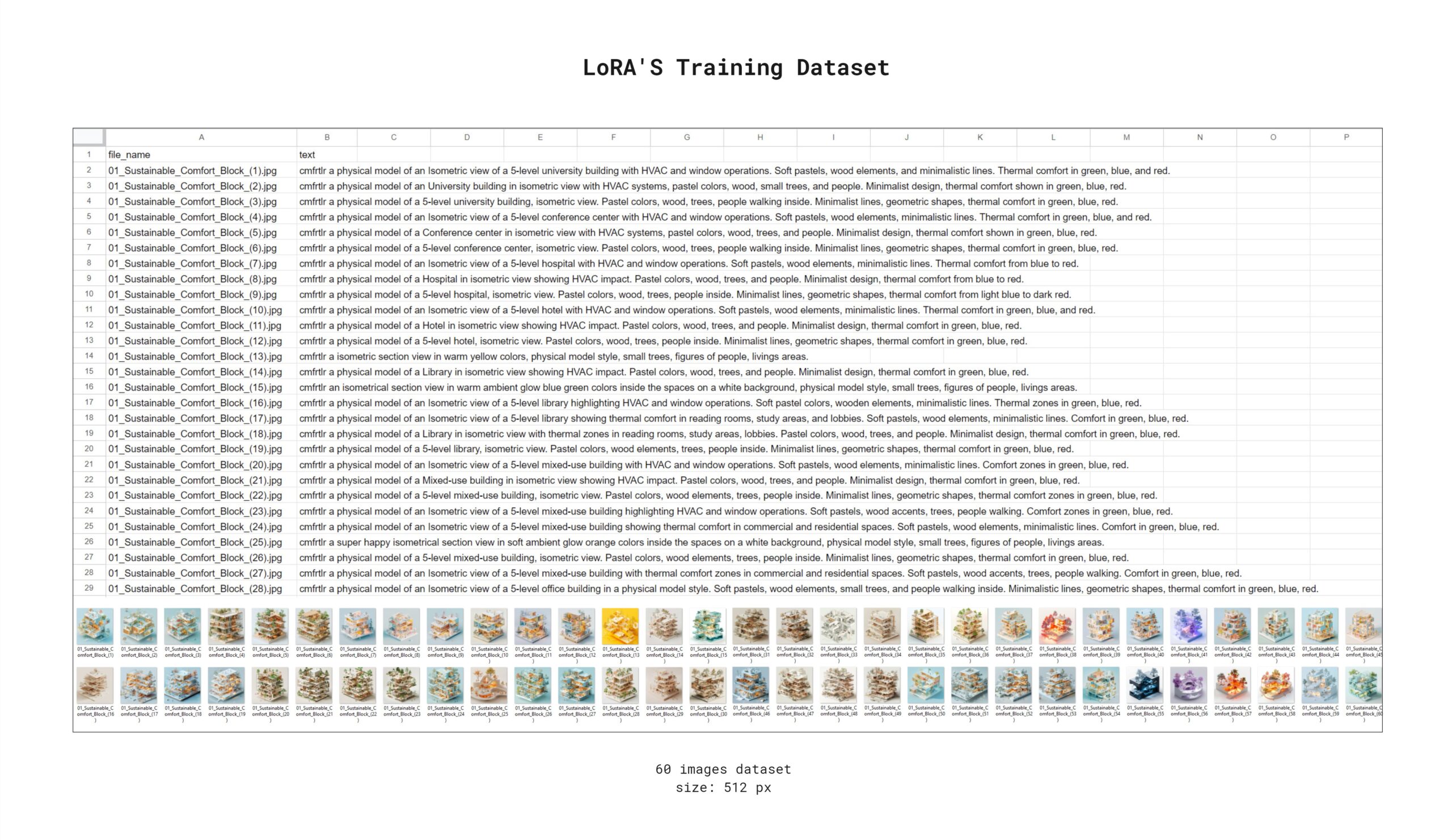
Keywords process:
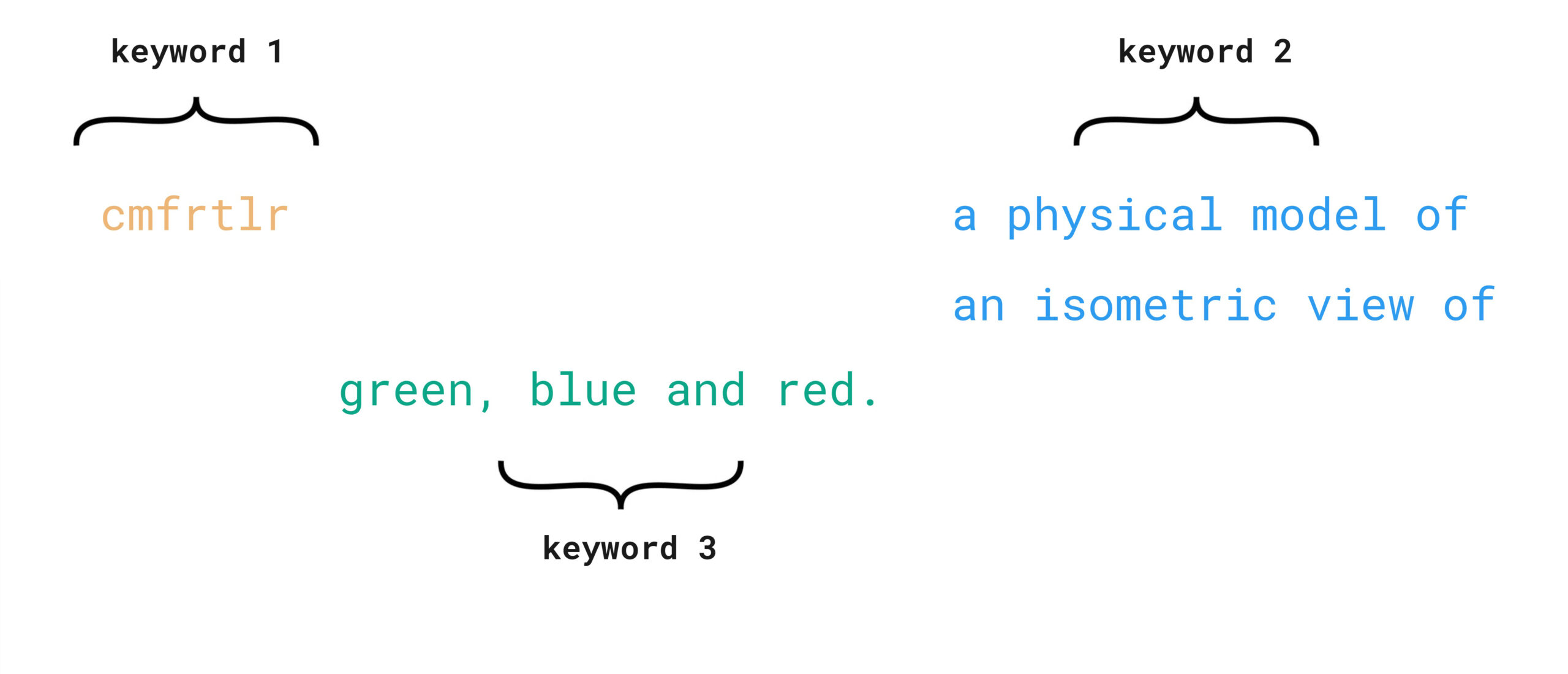

LoRA Scales
“Design a modern architectural building in isometric view, showcasing thermal comfort features. Highlight different thermal zones with a blue to red gradient, representing cool to orange areas, promoting health and wellbeing.”
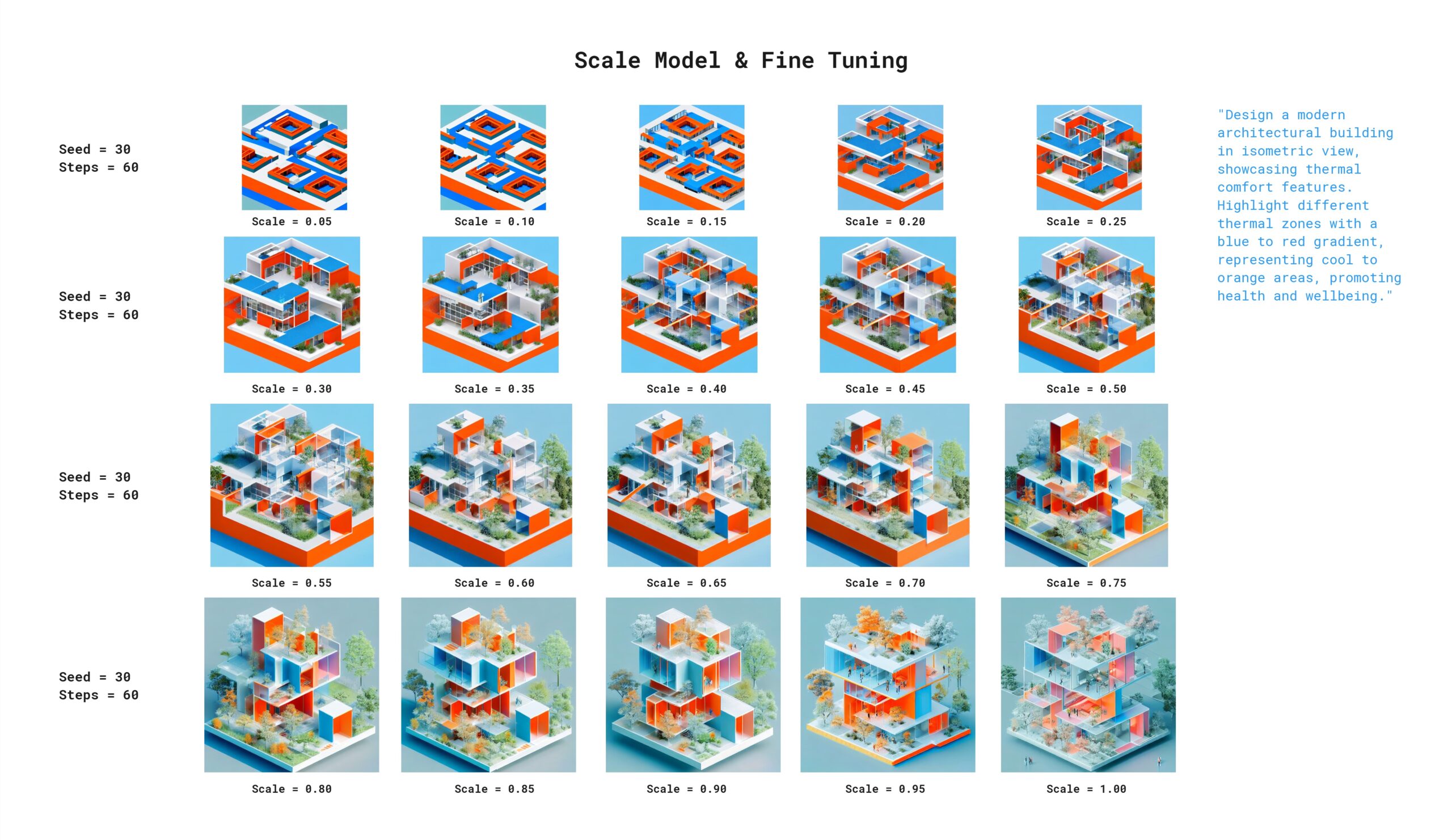
ISO-COMFORT exemplifies how advanced AI technologies can transform architectural design, prioritizing human comfort and sustainability. Through the innovative use of Generative AI and distinctive isometric models, we are setting new standards for how buildings are conceptualized and experienced. Join us as we explore the intersection of AI, design, and sustainability, paving the way for a future where architecture seamlessly integrates with the well-being of its inhabitants.
Training Model Results
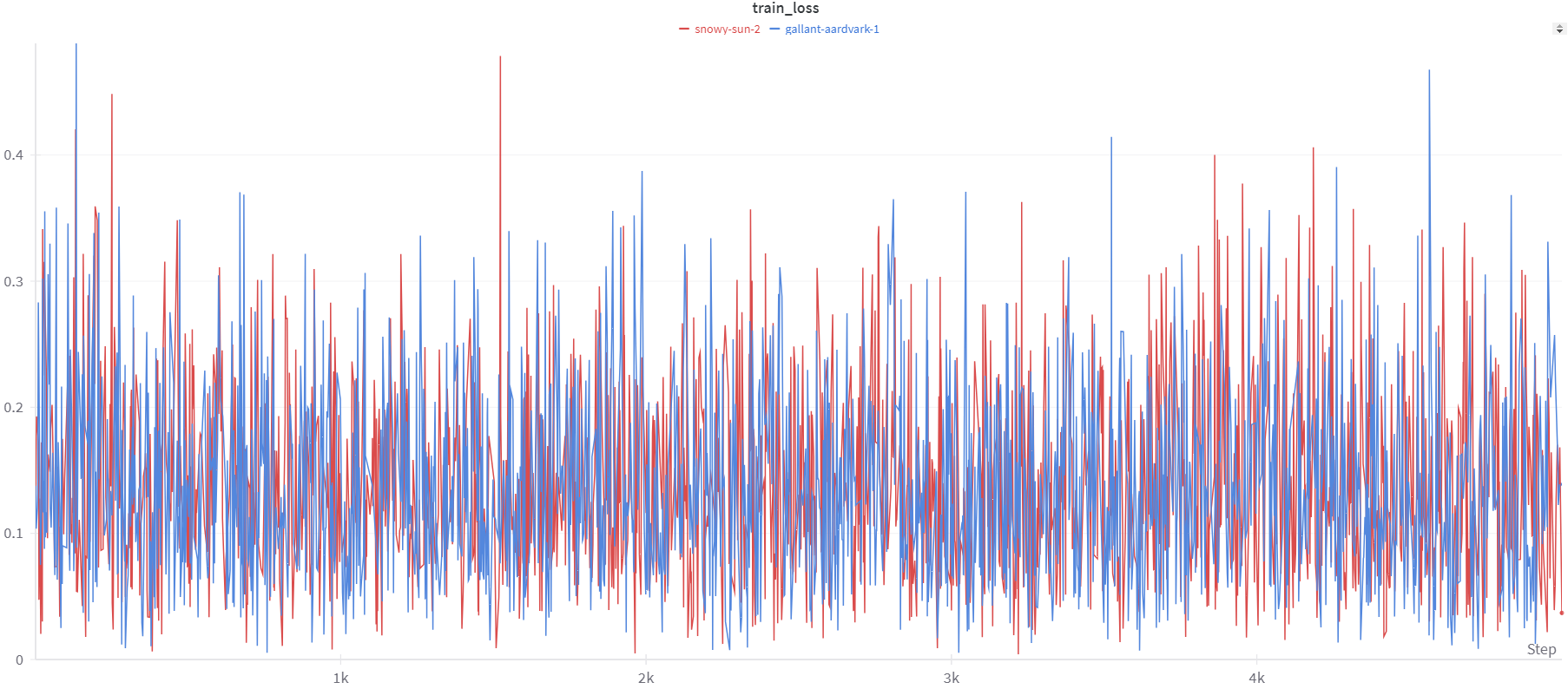
The training loss graph for both models shows considerable fluctuations, indicating variability in the training process. However, both models exhibit periods of lower loss values throughout the training steps, suggesting that the models are effectively learning and making progress despite the inherent instability. The overall trend, while variable, indicates that the training is achieving intermittent success, with each model finding periods where the loss is minimized, reflecting moments of successful learning and adaptation to the training data.
System
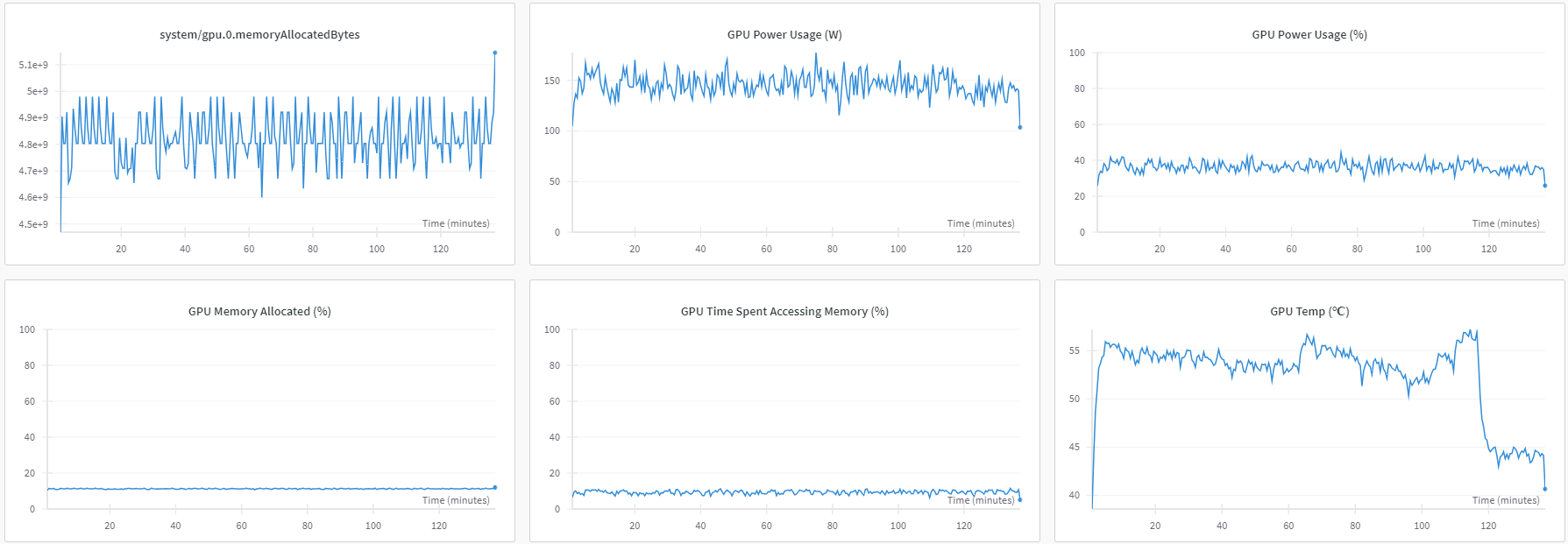
Trained ISO- COMFORT LoRA’s
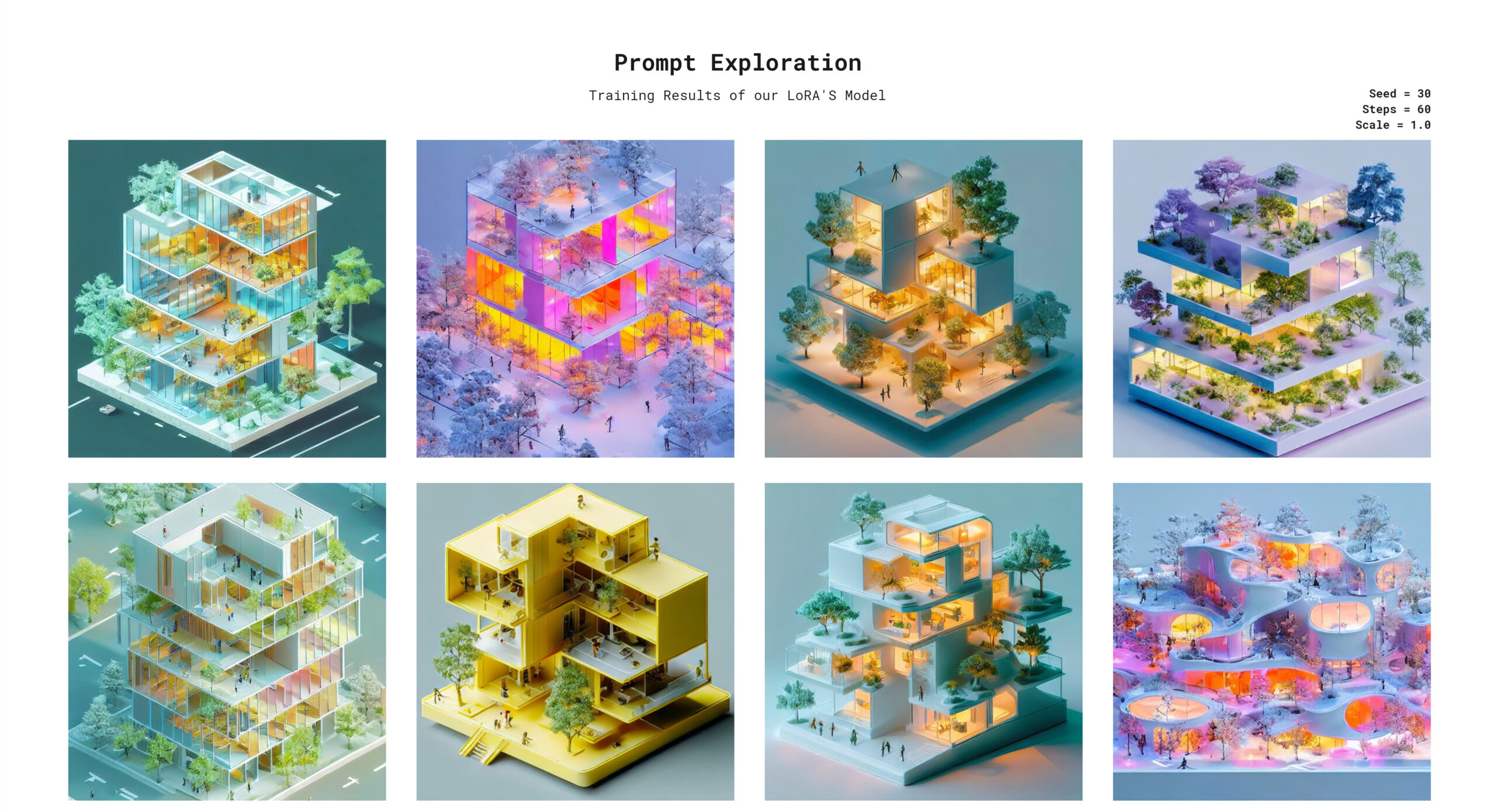
Conclusion
The project demonstrates that while there are challenges with training stability, the models are making notable progress in learning from the data. By addressing the identified issues, the training process can be further optimized to achieve more consistent and effective results. We found our results very successful. To further enhance the training process, adjustments such as fine-tuning the learning rate, experimenting with different batch sizes, and ensuring data consistency are recommended. Additionally, simplifying the model architecture and applying regularization techniques could lead to more stable and effective training outcomes.
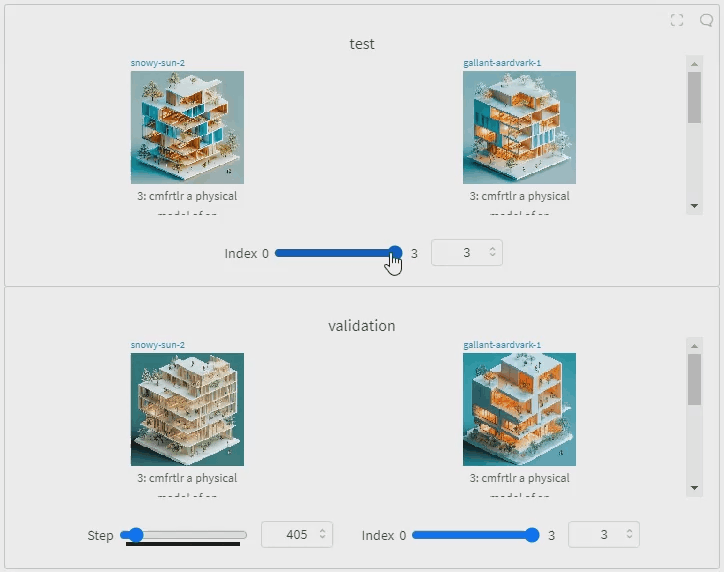
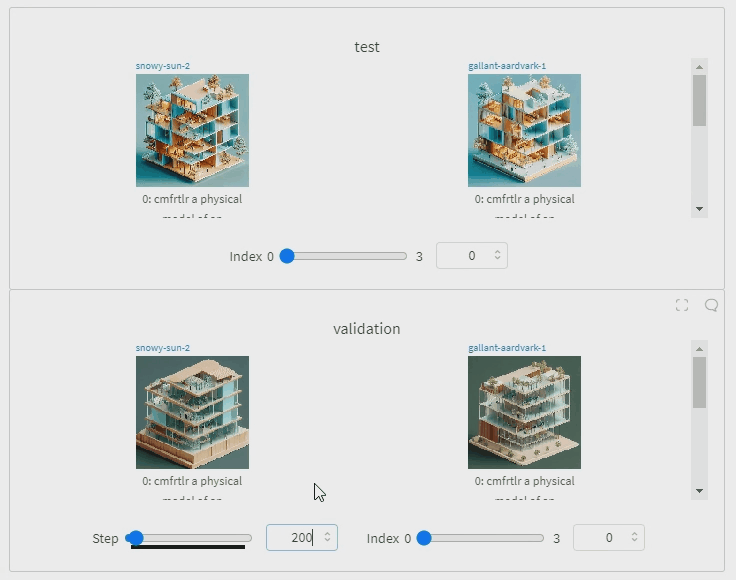

Generative AI Seminar
Project Team:
- Manolya Nielsen
- Hetal Bharwanu
- Agustin Salas
ISO-COMFORT: A Generative AI Approach for Comfort in Sustainable Style is a project of Iaac, Institute for Advanced Architecture of Catalonia developed at Master in Advanced Computation for Architecture & Design in 2023-24 by Students: Manolya Nielsen, Hetal Bharwanu and Agustin Salas, under the supervision of Faculty: @Nono Martínez Alonso, João Silva, James McBennett.

